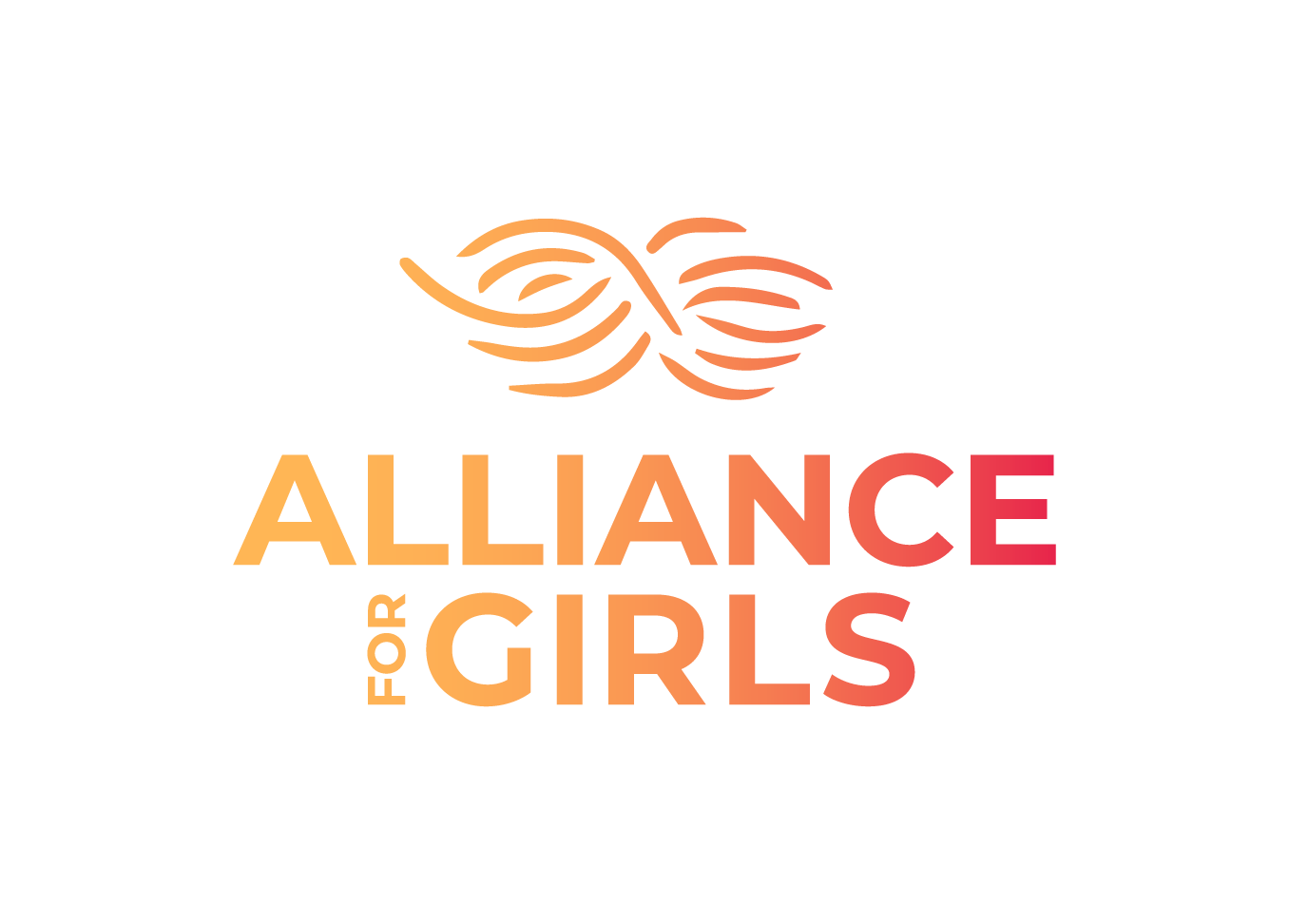The Surprising Truth About Staff Fundraising
As part of philanthropic advising for a Bay Area funder, I’ve gotten a front row seat into the strengths and challenges of over 20 small- to medium-sized nonprofits. This post and How to Win the Strategic Planning Battle share learning from this work.

By Renee Rubin Ross
Learn more about the strategic planning, fund development, board development and capacity assessment processes that we design and facilitate at Renee Rubin Ross Consulting.
Many years ago, I was part of a group of friends that met for monthly Friday night Shabbat (Jewish Sabbath) potluck dinners at different group members’ houses.
The group didn’t have too many rules: Host occasionally if your home has enough room. Let us know if you’re coming. Show up if you said you would be there. Contribute something delicious to share with everyone. Be welcoming and friendly!
At the beginning, each of us was thrilled to be part of this group, excited to get to know other group members and happy to spend time together.
The first few dinners were feasts. Everyone cooked ahead of time and brought overflowing, mouthwatering platters of food to share. All of us felt a sense of abundance in the connections we were making with group members and the multiple courses of food we shared.
But as time went by, something happened. We got more comfortable with one another, and the novelty and excitement of meeting decreased. Something else happened: we each decreased our contributions to the group just a little bit. Maybe we didn’t cook something ahead of time anymore, we just picked up some vegetables at the store on the way there. Or maybe we brought a little less.
I vividly remember what happened at one of our final meetings: There wasn’t enough food. Each person thought that someone else would take responsibility -- and no one did. In order to have dinner that night, one of the group organizers collected money from attendees and ordered pizza!
I thought about this experience recently in reflecting on many conversations I’ve been having with nonprofit executive directors and staff as part of the iCAT (Impact Capacity Assessment Tool).
The iCAT evaluates the strengths and weaknesses of individual organizations, generating a list of top organizational strengths and challenges. It also generates a list of recommendations of suggested areas of investment in order to improve the organization. These may range from leadership coaching to strategic planning to fundraising training to many other areas. It does this by comparing online survey responses of staff and board members with responses from staff and board members from thousands of other organizations as well as drawing on years of research about nonprofit organizations.
One of the top recommendations generated by the assessment for the majority of organizations taking the iCAT is to focus more on Staff Fundraising.
As the facilitator, my role is to share and interpret the assessment results at an in-person meeting with staff and board members. I’ve had numerous conversations with organizational staff about what it means to strengthen Staff Fundraising.
At one of these meetings, I asked the group who was responsible for fundraising. Without hesitation, they all pointed to the Executive Director!
At high-performing nonprofits, all staff members understand that a central task of the organization is to build a sustainable financial model. And while that might be mostly one or two people’s job, everyone needs to contribute.
Does this mean that all staff members need to solicit donations or personally make large contributions? No, it does not. It does mean that all staff members need to be on the lookout for opportunities for contributions, such as sharing the name of a program participant or volunteer who could be a future donor or board member. It also means that program staff think strategically about community needs that the organization could respond to in a way that is mission-aligned and might generate revenue or contributions.
The staff at many nonprofits don’t realize the importance of their role related to fundraising. Much like my Shabbat Potluck, when they believe that ‘someone else will take care of it’, the nonprofit misses fundraising opportunities. Organizations move toward being their best when each staff member brings something substantial to the program and to the finances.
| TRY THIS: Consider: - Does your organization’s staff feel a sense of ownership for fundraising as well as the program? - If not, what might you need to share or discuss with the staff in order to increase this ownership and create energy and attention around fundraising? |
Learn more about the strategic planning, fund development, board development and capacity assessment processes that we design and facilitate at Renee Rubin Ross Consulting.
